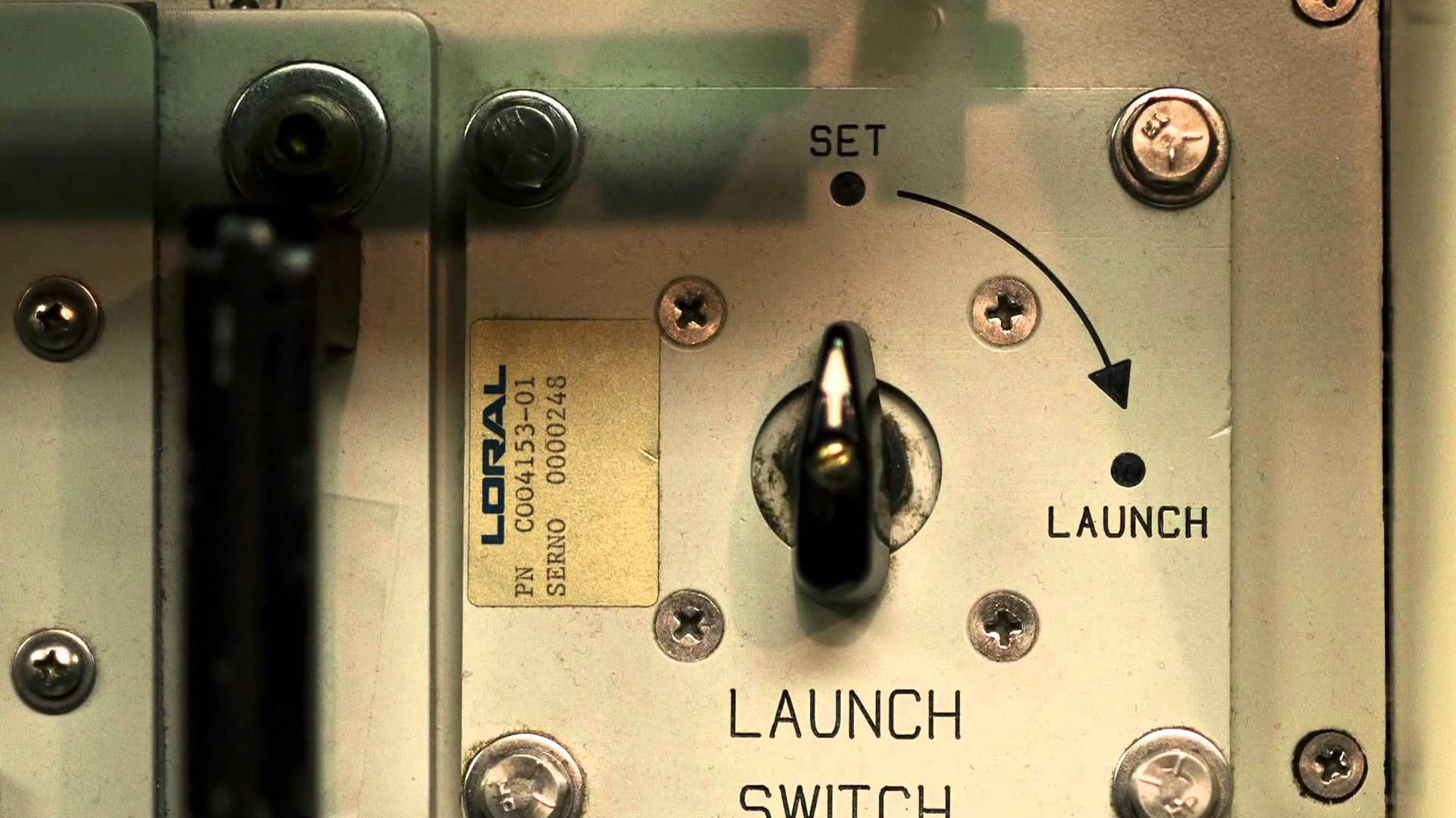Date
February 12, 1996
Document
- View PDF (1 MB)
Description
The Nuclear Supplement (formerly Annex C) to the Joint Strategic Capabilities Plan describes, in detail, the procedures that shape the employment of nuclear weapons by the United States. As Hans Kristensen at the Federation of American Scientists describes it:
The JSCP is published by the Joint Staff to guide the detailed military force planning in the various services. The document translates the National Security Strategy into planning guidance for a set time period to the Commanders-in-Chief (CINCs) of the Unified Commands and Chiefs of the military services. The JSCP initiates the deliberate planning process for the development of operation plans to support national security objectives. […]
The Nuclear Supplement (CJCSI 3110.04), or JSCP-N, covers nuclear weapons planning and employment issues and was last issued on December 31, 2004, with Change 1 published on March 18, 2005. The supplement, which until February 12, 1996, was known as MCM-148-91, Annex C (Nuclear), establishes parameters and constraints that are the basis for nuclear target development. It also directs probability of damage (PD) that is to be achieved against individual installations and groups of installations. For non-strategic nuclear forces, the nuclear supplement “describes situations which could lead to a request for the selective release of nuclear weapons.”
Commentary
Citation
Chairman of the Joint Chiefs of Staff Instruction (CJCSI) 3110.04, “Nuclear Supplement to Joint Strategic Capabilities Plan For FY 1996 (JSCP FY 96),” 12 February 1996
Provenance
Obtained by Hans Kristensen through the Freedom of Information Act, posted at the Federation of American Scientists’ Nuclear Information Project, 16 June 2005.
Topics
Document entry started by Alex Wellerstein on May 22, 2018. Entry last updated by Mikael Kelly on October 13, 2018.


Though most of this document is heavily redacted, the glossary section at the end contains some useful information. The entry under National Command Authorities is unusually clarifying:
Which is to say, the “normal” chain of command goes from the President to the Secretary of Defense and thereon to the military. In the case of nuclear weapons use, it goes from the President directly to the military, via the Chairman of the Joint Chiefs of Staff.